A Rendezvous with Memory Memory is a linear equation joining dots on the graph of reminiscence. Memories, moments and a rendezvous with tales of yore! An emotionally turbulent jigsaw, perambulating through life's shores. Surfing through the ocean of samsara, memory is the grass sprouting on the gravestone. On a lonely winter afternoon, it keeps you warm It acts as an amulet in the race of life. The colour of memories is lilac. It spray-paints our lives with its incandescent hue. Memories shine like fireflies on gloomy days. I am in love with the memories that didn't love me back. Like the wind sketching the afternoon, memories draw life's portraits with acute finesse. Memory is the sawdust gradually settling on the old wooden furniture That lies untouched in the corner of a room. Memory is like a drunken lullaby That puts the moon to sleep on a low-tide night. Memories are footsteps to the cosmos Bearing the chalice of yesteryears. Memory is like the mist settling on the leaves on a winter morning. Like a rusty evening immersed in carmine bohemia! Memories leave your unfinished stories on the bosom of the sky Very often memories make you fall headlong Into the mire of wistfulness.
Category Archives: CHAOS
Synchronized Chaos Mid-November 2022: Strength and Vulnerability
Welcome to November’s second issue of Synchronized Chaos Magazine!
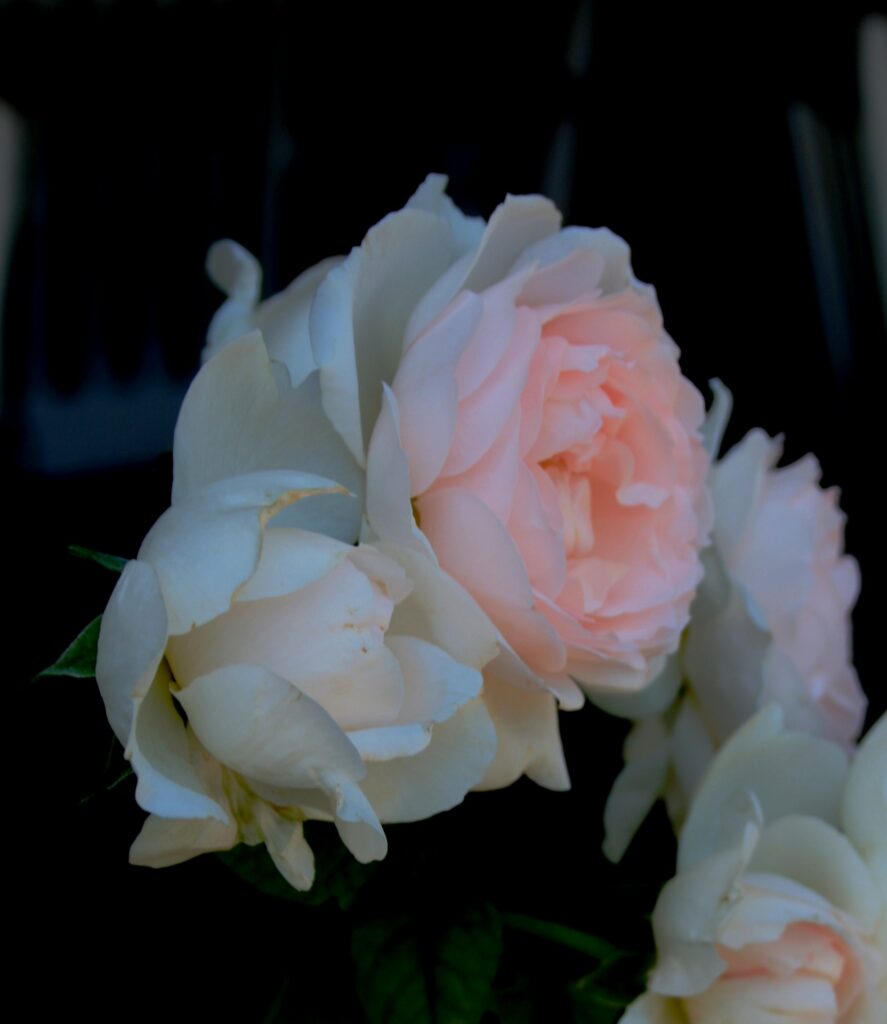
First of all, we encourage you to come on out to Metamorphosis, our New Year’s Eve gathering and benefit show for the Revolutionary Association of Women of Afghanistan and Sacramento’s Take Back the Night. This will take place in downtown Davis, CA, at 2pm in the fellowship hall of Davis Lutheran Church (all are welcome, we’re simply using their room as a community space). 4pm Pacific time is midnight Greenwich Mean Time so we can count down to midnight.
The theme “Metamorphosis” refers to having people there from different generations to speak and read and learn from each other, challenging us to honor the wisdom of our parents and ancestors while incorporating the best of the world’s new ideas in a thoughtful “metamorphosis.” We’ve got comedian Nicole Eichenberg, musicians Avery Burke and Joseph Menke, and others on board as well as speakers from different generations.
Second, our friend and collaborator Rui Carvalho has announced our Nature Writing Contest for 2022. This is an invitation to submit poems and short stories related to trees, water, and nature conservation between now and the March 2023 deadline. More information and submission instructions here!
This month, our issue focuses on themes of strength and vulnerability.
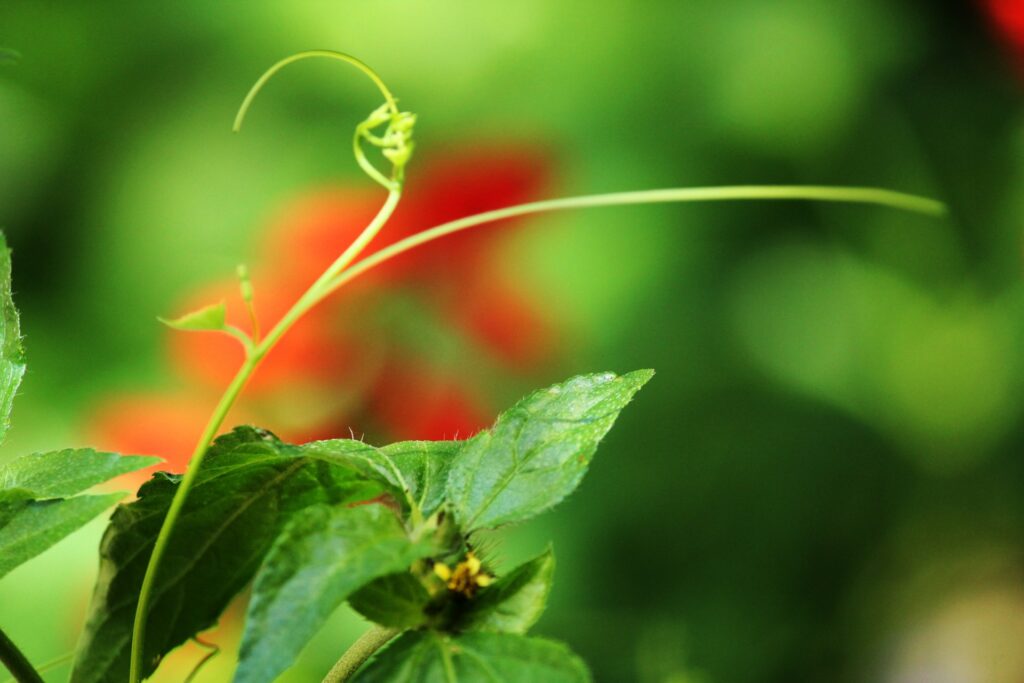
Sreya Sarkar’s piece exemplifies this theme, comparing women protesting for change in Iran to the tendrils of a vine. While tendrils may look weak, they can eventually tear apart greater structures and claim a space.
Many other contributors draw upon nature for inspiration.
Channie Greenberg photographs staircases in different locations, many of which are becoming overgrown and reclaimed by plant life. J.D. Nelson creates small poetic snapshots of natural scenes.
John Culp probes the nature of love and intimacy through sharing his feelings about a rose in a vase on his windowsill. Mesfakus Salahin plumbs the depths of human emotion and bodies of water. Debarati Sen poetizes about poetry through floral metaphors while observing the change of seasons into fall.
John Grey writes of love and nature and incorporates modern science and climate change into old style pastoral poetry. Jim Force interposes haiku onto photographs of cracks in the sidewalk, places where the vulnerability of physical materials shows through despite our intent in their construction.
J.D. DeHart writes of nature, virtual reality, and his quest to figure out who he is and how he can most effectively live as a teacher and mentor.
Other pieces are more fanciful, yet still touch on the complexities of our world and our natures.
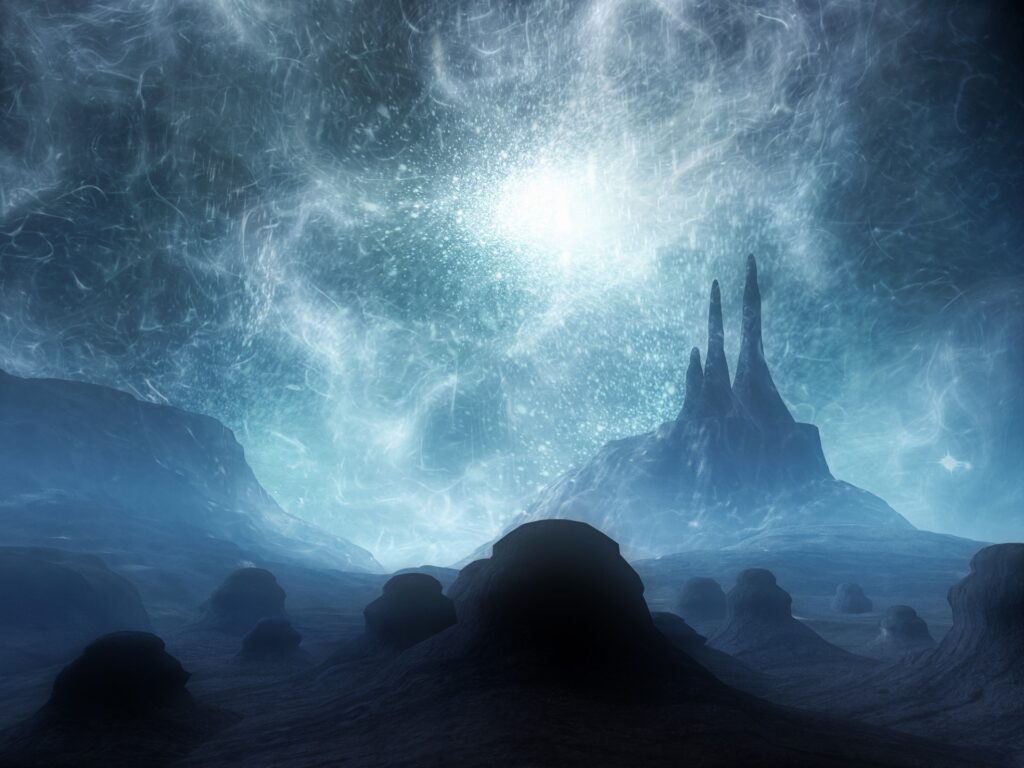
Bill Tope depicts a wild acid trip in psychedelic detail, yet suggests the dreamer is aware is experience is unreal.
Alan Catlin looks to his mysterious and foreboding dreams for inspiration, recollecting a conversation with a recurrent personage. Fernando Sorrentino depicts a friendship between a researcher and a mythical animal, suggesting coexistence with nature.
Nathan Anderson mixes up characters and text on the screen for artistic effect. Christina Chin and Uchechukwu Onyedikam create a collaborative haiku set, playing off each other to build scenes of nature and human culture.
Daniel De Culla’s earthy, risque piece entertains with bawdy humor.
Some pieces address personal and historical grief, loss, and remembrance.
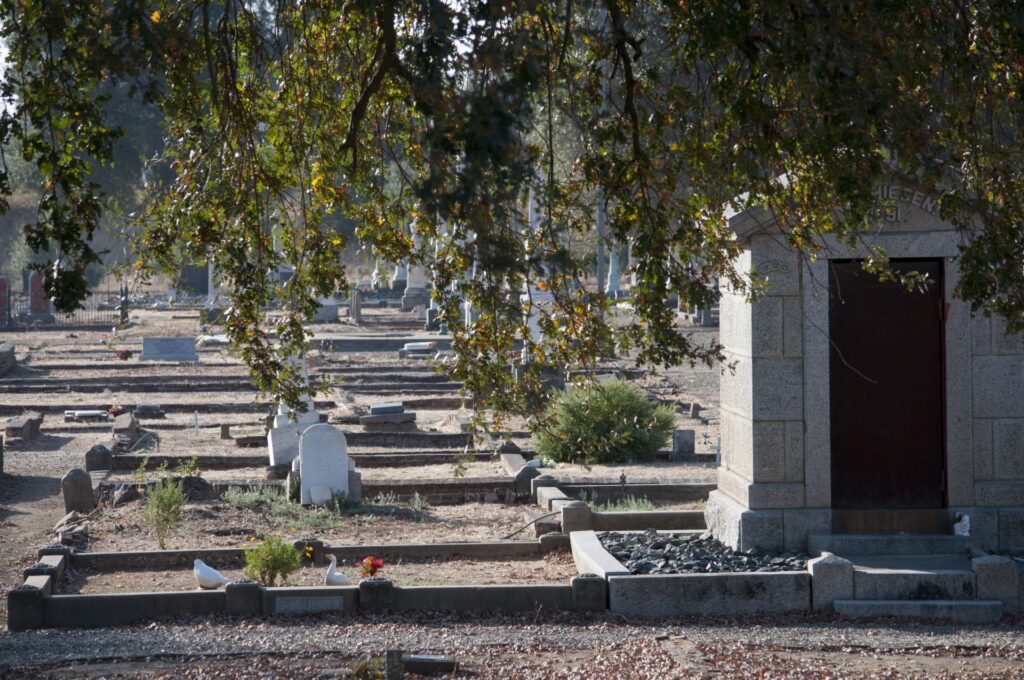
Andrew Cyril MacDonald evokes scenes of mausoleums in his work, structures fading into memory along with their occupants. Naziru Sulaiman mourns his recent ancestors lost to a war of aggression, bringing them back the only way he can, in poetry.
Santiago Burdon presents a brave child who uses logic to confront his parents’ prejudice against Jews. Bill Tope presents a scene of raw suffering in a Nazi concentration camp. Cora Tate relates a tragic tale of a community leader who sought peace only to die from law enforcement brutality.
J.J. Campbell’s poems portray stagnation and the long shadows of trauma. Santiago Burdon shows a drug abuser turning to substances to distract himself from the desolation caused by his addiction.
Chris Butler’s short story highlights the trauma of sexual violence. This act strikes hard enough at the personhood of both victim and perpetrator that it colors their views of everything in the world surrounding them.
Other writers look at the social, emotional and psychological ways we can struggle or find our power.

In another piece, Sayani Mukerjee explores the cultural mythos of women as simultaneously beautiful and dangerous in a modern way, using metaphors from human society along with the natural references.
Jaylan Salah critiques our harsh criticism and disgust for women in film or popular culture who have “issues” or public meltdowns. She suggests that feminism has tried so hard to make women appear confident and competent that it has become difficult for women to acknowledge the human weaknesses that make us all real people.
Oona Haskovec wrestles with the human tension between loving our bodies and wanting them to change. Lorelyn Arevalo’s sensual poems convey the physicality of emotion, whether love or self-hatred. Amirah Abdulrahman mourns the limits of poetry to express feelings and change reality.
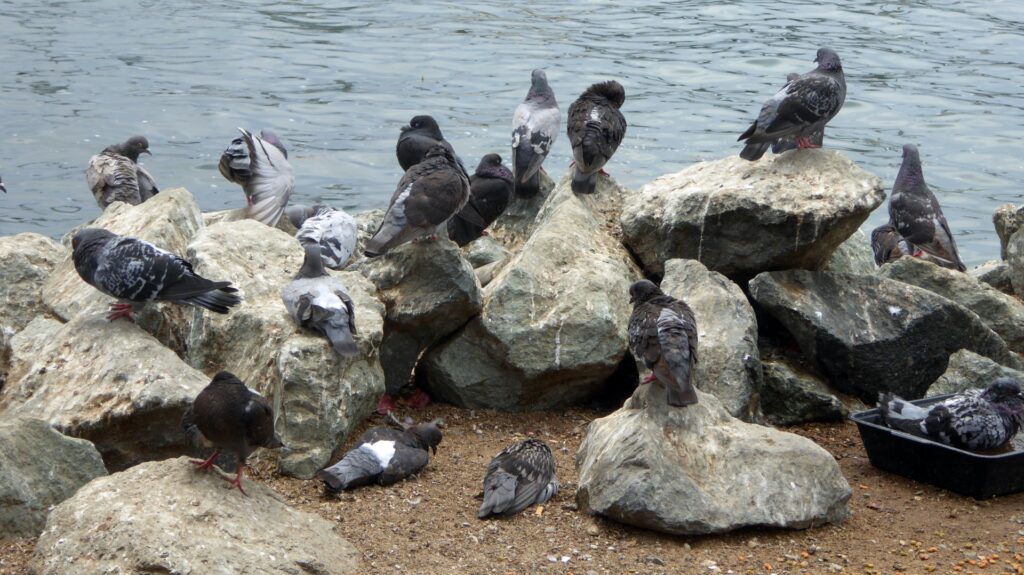
Vyarka Kozareva illuminates the drama hidden within ordinary life: clothing, birthday parties, holiday decorations. Chimezie Ihekuna continues with his semimonthly Christmas countdown.
Chris Daly’s readable, humorous poems about workaday life, taxi driving, and pigeons in San Francisco also capture the everyday, this time as something to enjoy.
We hope this issue will be a source of reflection, growth, and pleasure now and in the weeks to come.
Essay from Jaylan Salah
How Lexi Howard’s Cassie/Hallie was actually Arthur Miller’s Marilyn/Maggie Dangerous, Messy Blondes from “After the Fall” to “This is Life” If Marilyn Monroe was alive in our times, everybody would have hated her. What a ditzy blonde, obsessed with her sexuality, why can’t she get a grip? She should use her privilege to lift other women up, not fall all the way down the stairs? Feminists would have been the first to attack her. Want proof? Here’s what happened to another sexy bombshell, Megan Fox, another beauty icon who instead of garnering sympathy and worldwide attention was thwarting attacks coming at her with the same frenzy of all the toxic men who wrote petitions accusing her of being a snob, a diva, and what for? She was young, inexperienced, and lacked the Old Hollywood glamour. It’s so easy to hate Cassie Howard from Euphoria. It’s so easy to collectively spite a young, blonde, flawless-looking -or so they are described- woman whose public humiliation and downfall alludes to the rise and fall of starlets like Marilyn Monroe, Nicole Richie, Britney Spears. These beautiful and haunted women give our societies so much pleasure in masturbating to their beautiful faces and delicate bodies. But as something that is so out of reach for us, we also enjoy crushing them, breaking them, watching them get raped or hurt onscreen, watching them lose it or publicly humiliate themselves, that’s when we can safely call it quits and roll the word on our tongues like caramel Mckintosh…yes, we got ourselves a big, bad, whore. A whore. That’s what Cassie Howard became for everybody. A sensational, privileged, white-ass, pouty-lip whore. Everybody started hating her and creating memes about her. Cassie became the manifestation of the Britneys, the Marilyns, the Nicoles, and the Pamelas that we buried, long forgotten as they caved under constant critique. Despite being the byproduct of the industry and the culture from which they so rightfully emerged, these women were doused in hatred gasoline, lit and left to burn, only for a whole world of hungry onlookers masturbating to the slithering flames. So Cassie Howard, if not patient zero, but she was the pinnacle, the head on the stick for every defamed, shamed, young sexual woman out there, who was not born with a catalogue as to how to navigate the modern world without being constantly abused by men, relatives, friends, and family. Cassie might have been a fictional character, but to a lot of close inspectors, she was the manifestation of their worst nightmares. Women who were not yet enamored by the GRRRL Power anthems and the -somewhat hypocritical- inclusion themes of sisterhood and feminine friendships on basis of a so-called sophisticated form of white feminism. Would women accept Cassie in their all-feminist club? Maybe. But if that so, why wasn’t Megan Fox accepted? Was it because she was taller than everybody, hotter than everybody, sexy and unabashed about it, outspoken and vocal about her likes and dislikes, about how men treated her in a mute Hollywood, pre #MeToo era? If Megan Fox saw that treatment, then Cassie Howard would be no different. It's hard to accept Cassie in a world where female celebrities who are cheered on their sexuality and sexual appeal to all sexes are constantly screaming independence, acting as if men are the least things on their minds. While some of them are sincere and true, some of them make it hard for a woman to show weakness, let alone admit that at some stage of her life she was obsessed with her looks or how she would look in the eyes of men. In her book 90s Bitch: Media, Culture, and the Failed Promise of Gender Equality, Allison Yarrow describes the scrutiny a woman faces when she is under the public eye: “Women touched by scandal, whether they were alleged perpetrators or victims, were hounded by the press. When any woman made the news, she often stayed there for days, weeks, months, and, in some cases, years. Meanwhile, news consumers blamed women for their own unceasing visibility, as if they had narcissistically engineered unflattering coverage of themselves for personal gain.” Rings a bell? All that applies to Cassie, even though Cassie was the byproduct of an upbringing where she became well aware of her sexuality early on in her life, with two parents quarreling and getting at each other, the “father” her favorite who became her first letdown and her biggest heartbreak, and the mother who idolized her beauty to the degree of worship, creating a raft between Cassie and her sister Lexi, whose years were spent watching Cassie being idealized, catered after, and polished like the virgins who are raised and beautified only to be eaten by the dragon at the end. Cassie had her share of toxic, manipulative, insecure men, who were so confused and helpless in the face of her sexuality. Her boyfriend McKay loved her, but as an insecure American teenager, held under the toxic masculinity grip from the neck, he doubted his love for her every second. He was unable to accept her for who she was; small, quivering, insecure, addicted to feeling loved and ogled over. Every step Cassie took was a mistake. She went from man to the other, most of them only there for that temple on which they would bow at first, then try to break at the end of the day, gaping viciously and aroused at the ruins. Even to her sister, a compassionate female bystander, Cassie was nothing but the image of the mess she makes. She was the icon of failures and disrespect. She was a feminine woman reminiscent of the 1950s/1960s, she was a joke, a bad replica of someone who wanted to audition for the drama club rendition of Oklahoma. And to her sister, she was what Marilyn Monroe was to Arthur Miller; a Maggie, an archetype. In his play After the Fall, Arthur Miller brutally dissects Maggie, calls her a joke, a beautiful piece trying to take herself seriously. Lexi describes herself as an informed, smart, hardworking, and curious woman, while reducing her sister to the size of her tits. In a sort of meta/deux e machina theatrical interpretation of her life, Lexi savagely tears her sister apart, displaying all her embarrassing, pathetic, vulnerable moments. Lexi became a badass, a hero, a triumphant of all the side characters in real life. Essays were written about how Lexi was relatable since everybody felt sidelined in their lives, so Lexi’s revenge seemed, a work of art, but Cassie’s public meltdown seemed “pathetic, uncontrollable, shameful, and what Arthur Miller would use to describe his Maggie, “a tart”. In Lexi’s After the Fall, Cassie was called Hallie, the resemblance between both Hallie and Maggie is undeniably brutal and scary. These two blonde, sexually attractive women who were mainly “known for their bodies” were put under the microscope, so that audiences at stare at their tiniest action and analyze their reactions, like a mirror that both women use respectively to discern the size of their pores during a night beauty routine. Intead of creating a safer narrative for women to grow without being judged, both Arthur Miller and Lexi have given viewers the opportunity to ridicule and make fun of these women. Still with Allison Yarrow describing the ideal woman on TV in the 80s/90s: “Television’s ideal woman in the late 80s and early 90s was “beautiful, dependent, helpless, passive, concerned with interpersonal relations, warm and valued for her appearance more than for her capabilities and competencies,” So when Cassie emerged like a phantom from 90s TV grave, everyone was horrified. Why was she there to remind people of the things they need to forget. Female TV characters nowadays are strong, cold-blooded, vicious, uninterested in seeking romantic conquests, and they definitely…definitely, were not interested in finding the right man. So when Cassie; a drunk, gurgling mess, standing with her skimpy blue dress, her boobs showing during a lengthy scene, or being dressed like a Nabokovian Lolita by her abusive lover/her BFFs on-and-off boyfriend while the camera glazes over her soft skin and her long, well-coiffed blonde hair, people couldn’t help it but glare. They couldn’t help but reduce her to a joke, a meme, a funny incarnation of a woman. Cassie, to them, was a dark mirror in which they saw shadows of self-destructive women that they obsess over but insanely want to ignore, gaslight, or interpret as creatures unworthy of their time. But in the end Cassie is not the victim nor the perpetrator. She’s neither a hardcore feminist nor a brainwashed Southern girl, she’s a woman who has not been handed a catalogue on how to live life like a free soul, regardless of her gender, her sexuality, or sexual desires. She was not being told any compliment beyond her looks, to the extent of craving them, and when she is denied that pleasure, she sits there like a broken China doll, wilting in shame, regurgitating all her moments of public humiliation, accenuated by her sister’s satirical portrayal of a Cassie-like blonde figure, masturbating in front of the eyes of a hungry audience, reducing her to a mad woman lashing out at those who harm her, wanting them to stop. Britney Spears of the 00s anybody? At the end, I will quote Allison Yarrow’s book again, just to highlight some points in the Cassie argument: “…let’s reexamine the stories that are told and sold about women—that we tell and sell ourselves. Probing the failed promise of gender equality for truth and meaning is the first, essential step in confronting the sexism that suffuses women’s lives today—and to prevent it from suffusing the lives of our daughters and sons in decades to come.”
Poetry from Mesfakus Salahin

The roar of the sea is in my chest I hear the sound with my best I am alone in an island The sea is without water but sand. Nobody is alive here Dreams visit rare Life sleeps in far Everything cries in an empty jar. Time is desert I am without heart Breath swims in the waste land I walk with motionless hand. I am right here for you Everyday is same not new Can you feel my pain? Can you draw rainbow in the rain? No water can remove thirstiness Your sea is very vast and fearless I am very tiny This is an endless journey.
Poetry from Sayani Mukherjee
Dark Alley By Sayani Mukherjee The higher power is a dark realm A pregnant egg of alluring fantasies Laced with savages Of nobility of muzzled openings. I wish upon the cave Abandoned ruggedly inspired Diabolically and Divinely Closed off stream of a simple stare A sudden maneuver Peeping slowly, hooking within The black cuckoo is always nasty Her songs, mythically beautiful Tap dance within her bosom fare Rides my homebody fevers. An abandoned alley smudged between Practicalities mundane My paper knife to hold my worth Sweepingly not to prove anything Just a sullen sweet song To lie beside me the lake house ground To build nests Green reds blacks ribboned whites Ego death of survival guide My womanly virtue vices Boldness coyness All dived down- Under the cave the siren song The dark alley Allowing the evenings to drop down Hushly steadily making no noise The evening prayers Higher powers Dark coins The woman, a dark alley.
Art from Channie Greenberg
Poetry from Oona Haskovec
Bones Are Full There are so many parts of myself that I wish I could change, The curve in my waist just above my hips, The way my voice defaults to ultra-high when i order my coffee, The presence of my chest. These are the reasons I am not seen as myself. And yet myself as a whole pushes for beauty. I long to see the right kind of beauty in my Eyes Lips Body. I would sell my soul and a half for the chance to fit my brain But i still Love my collarbones, My knees, My hands, My nose, But the love that fills my bones remains forever conditional.





